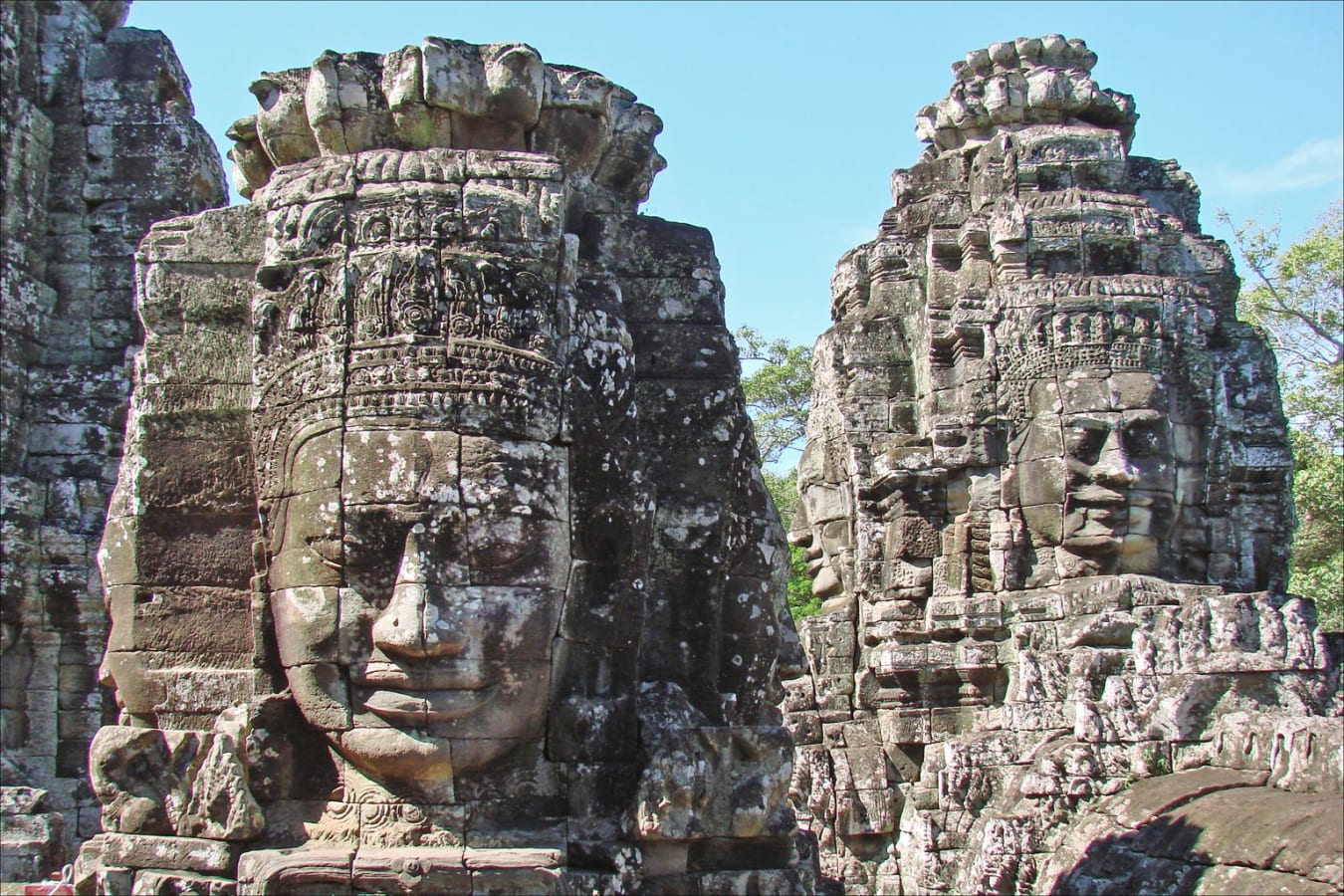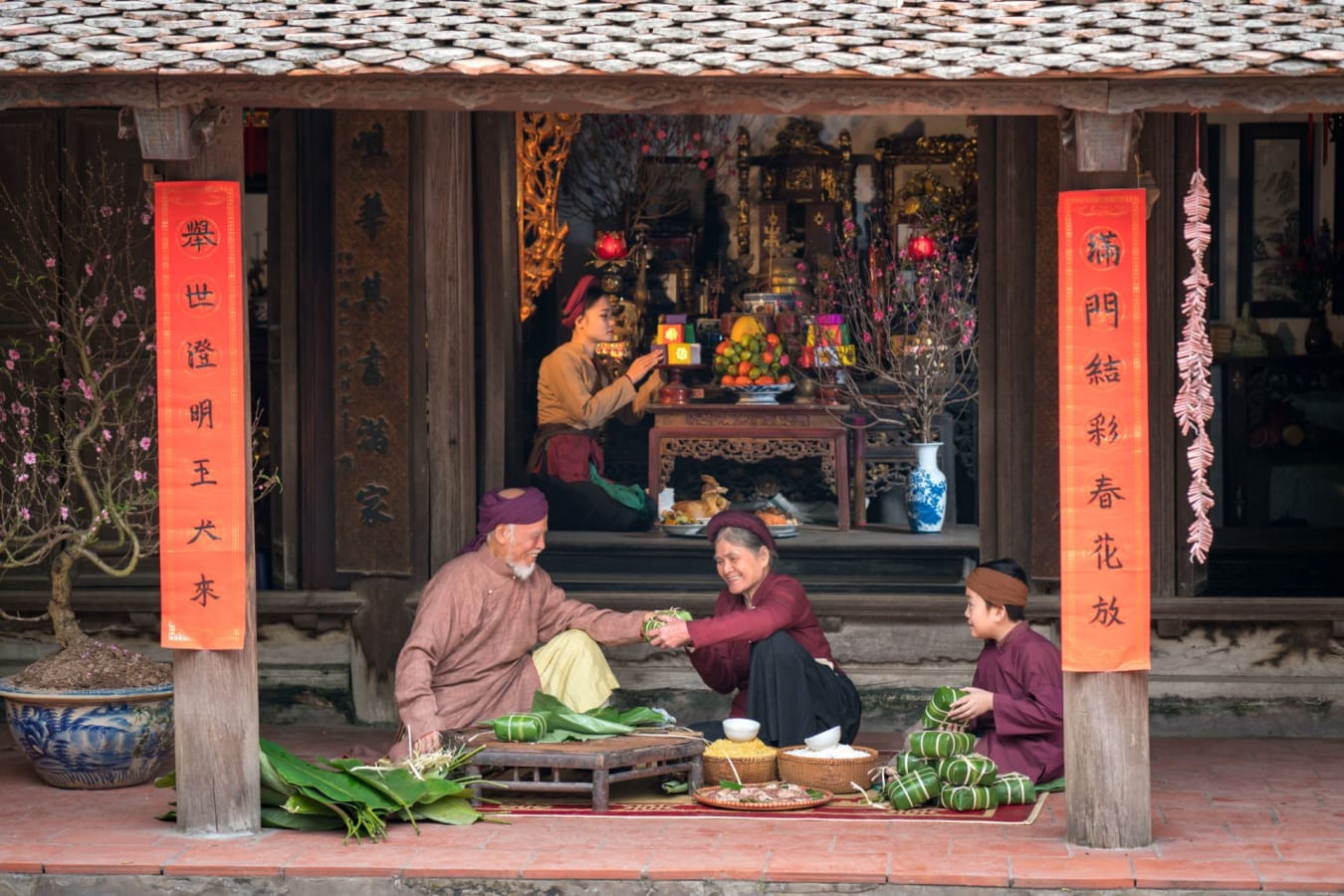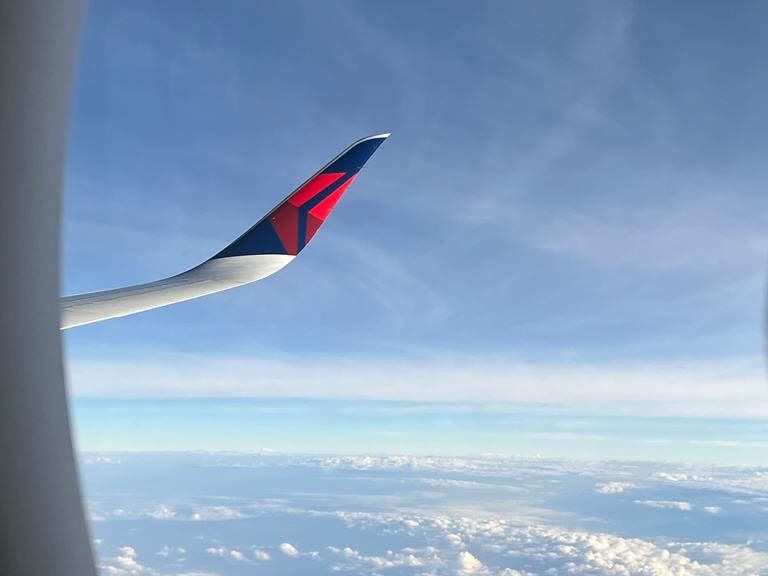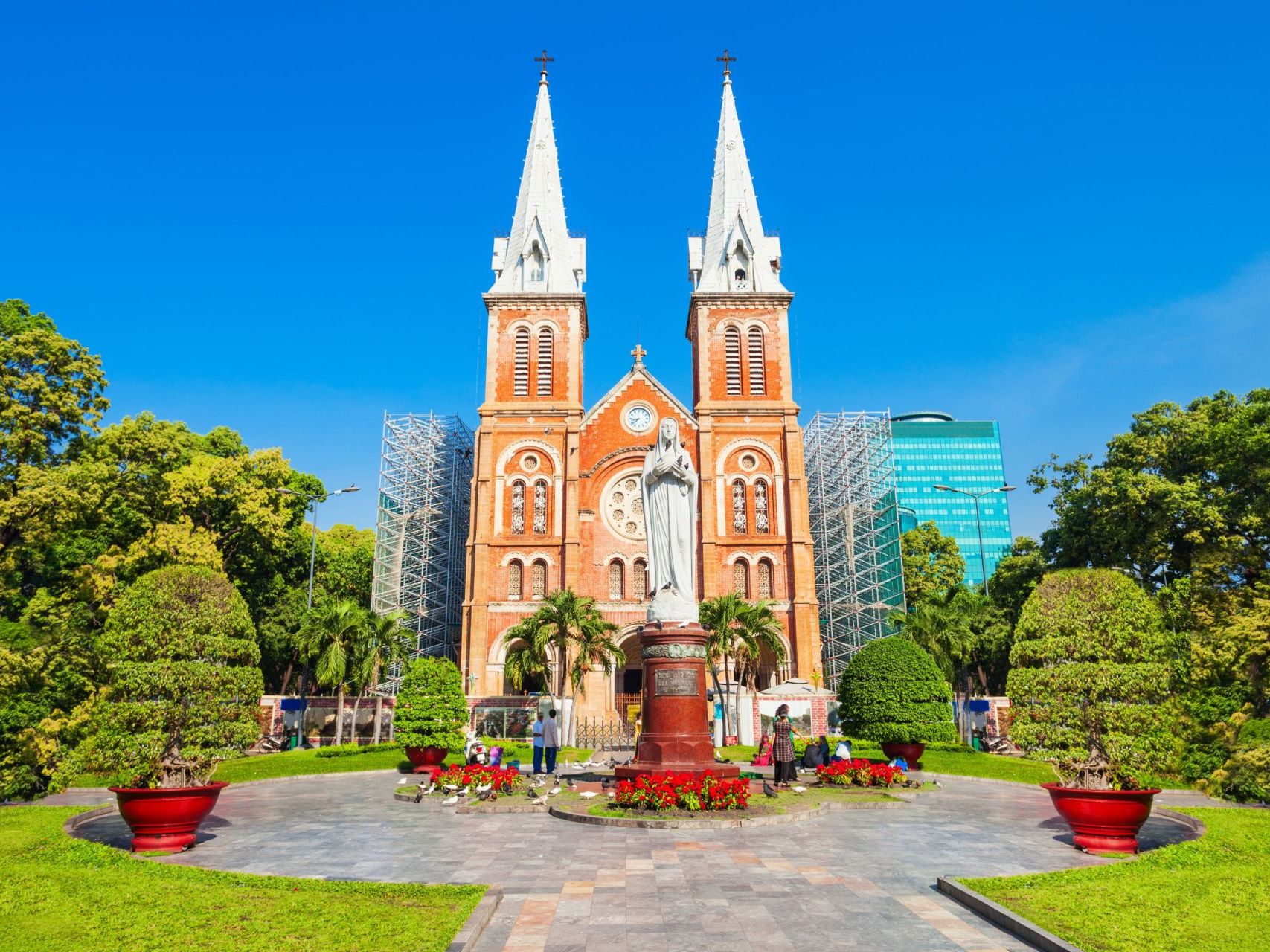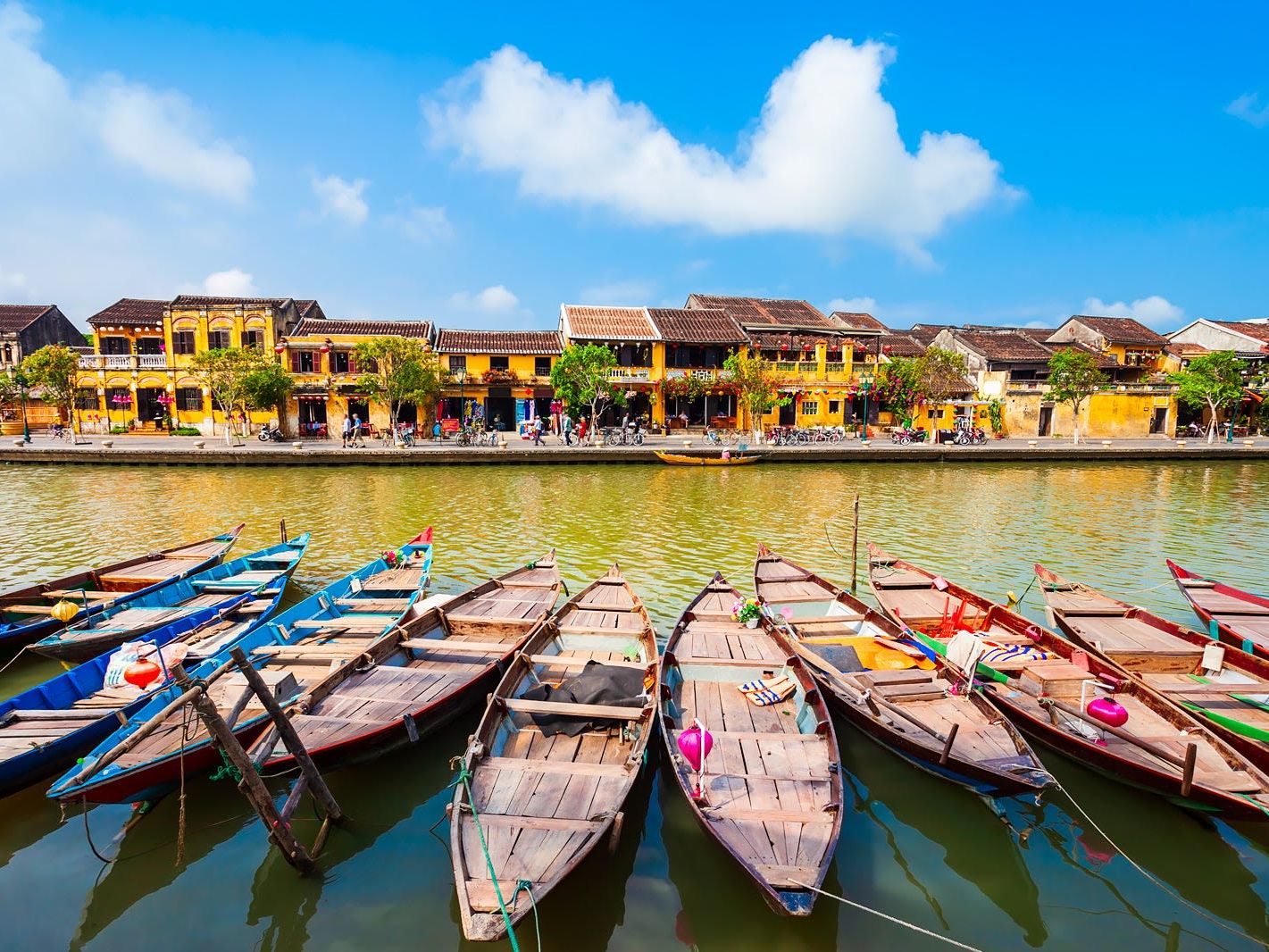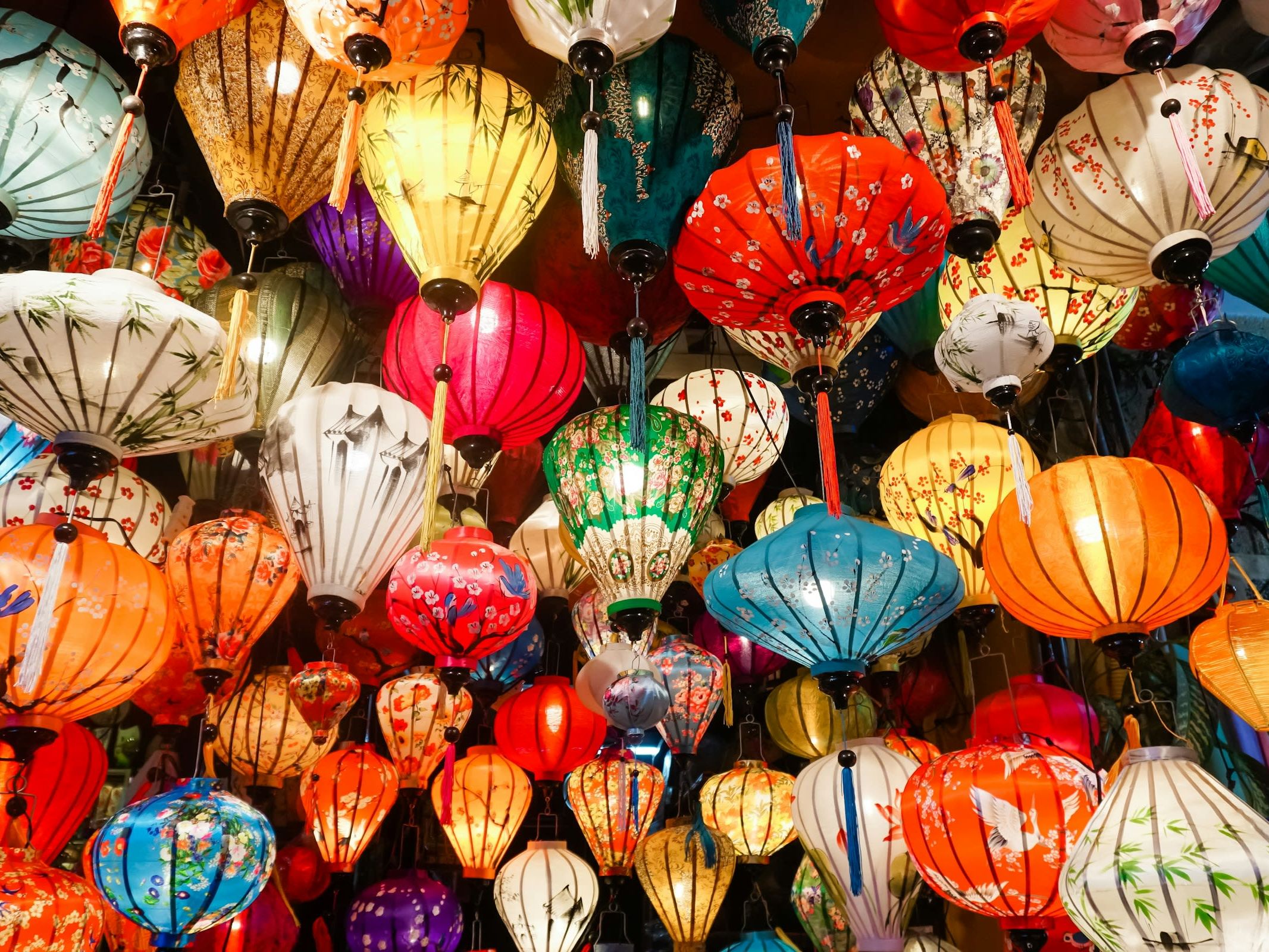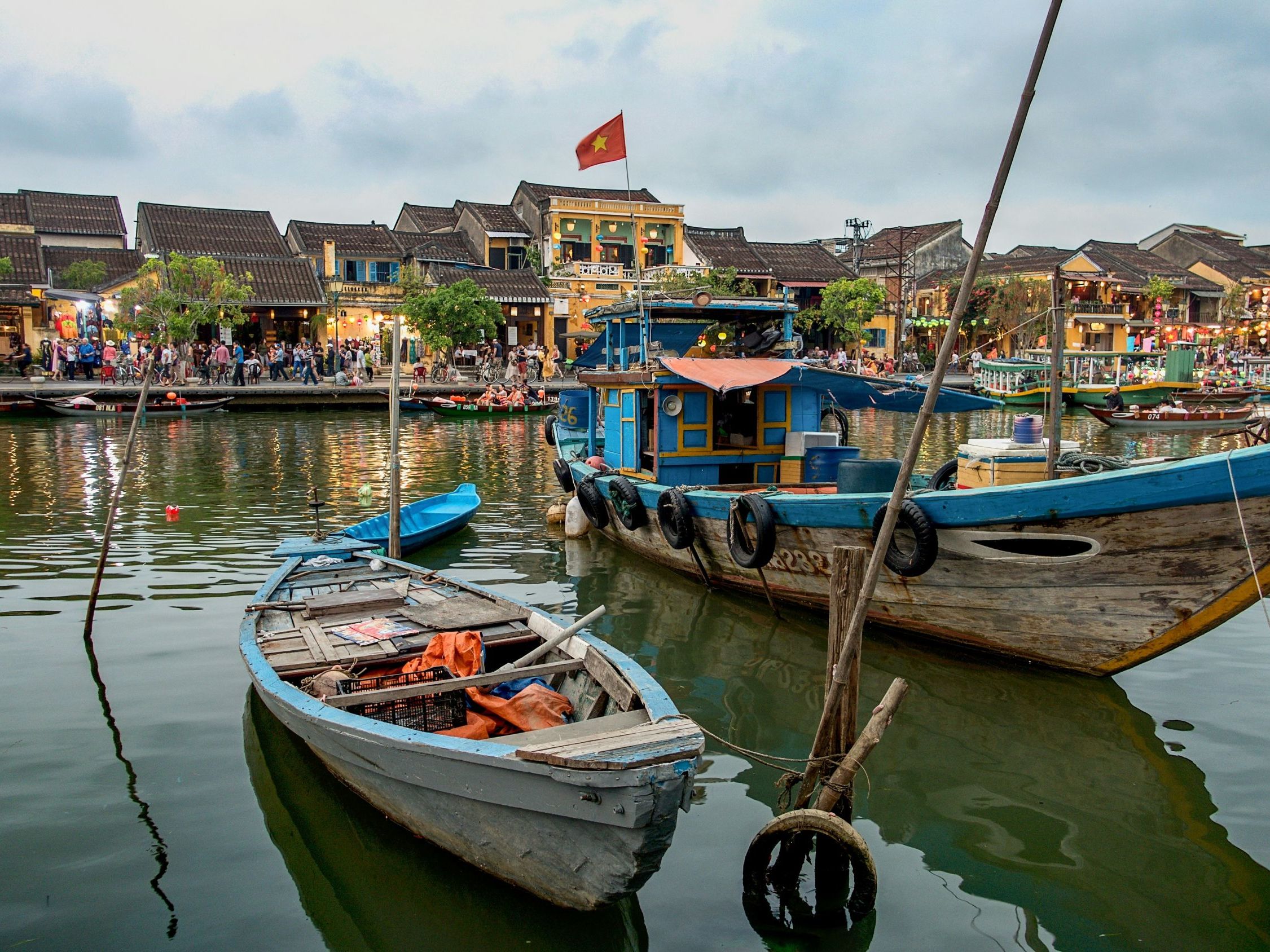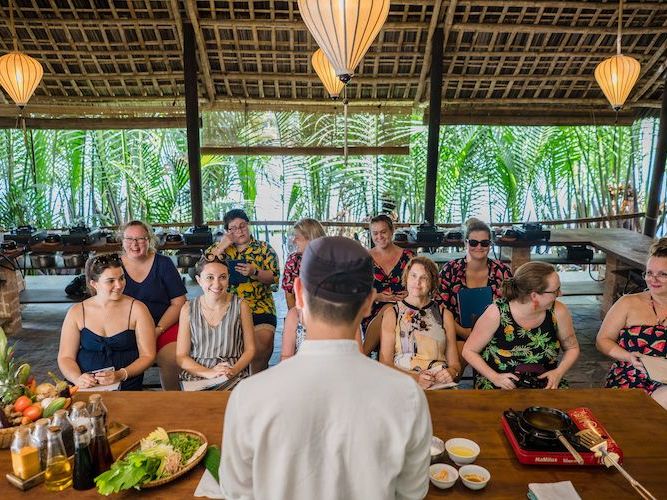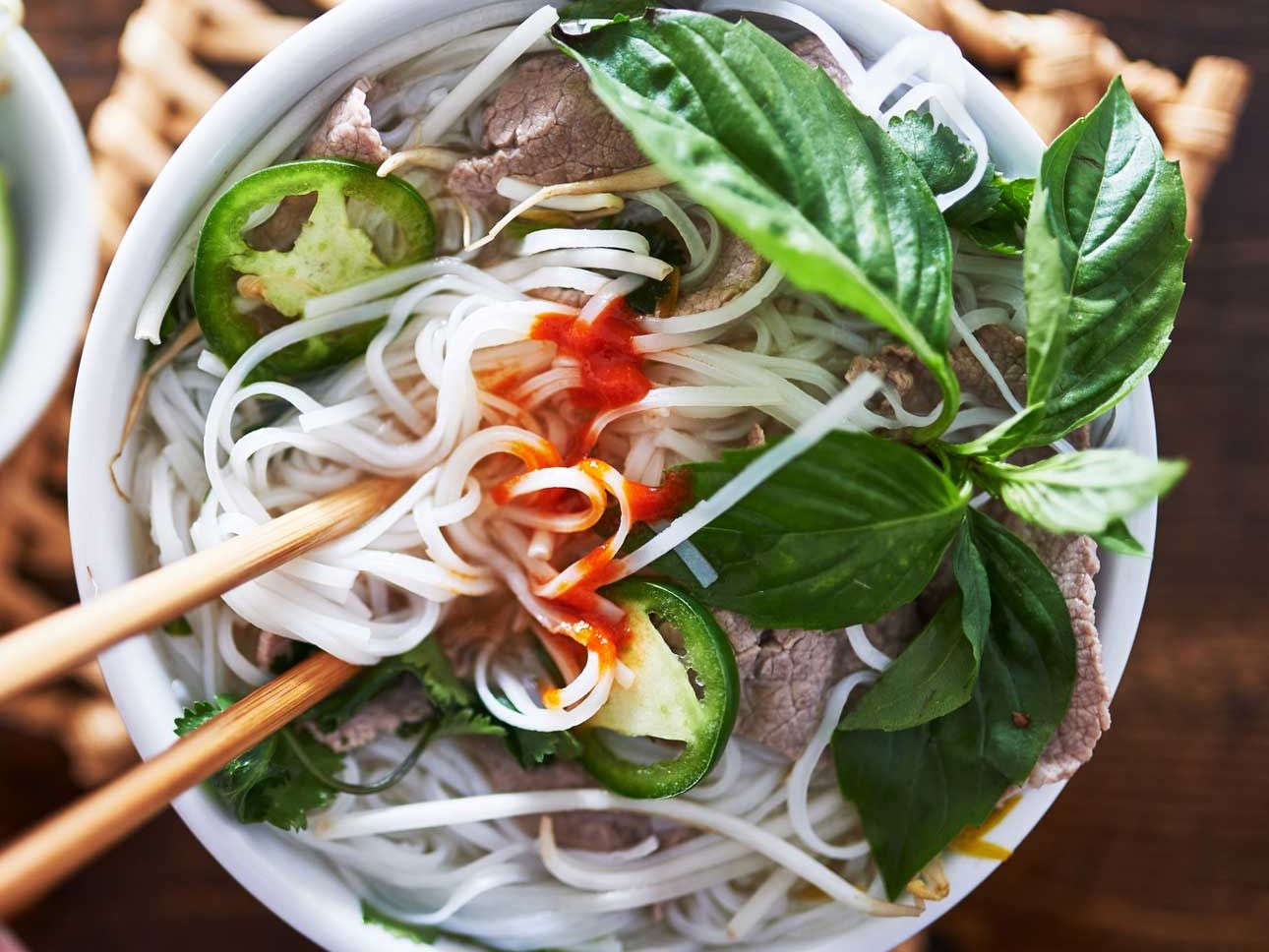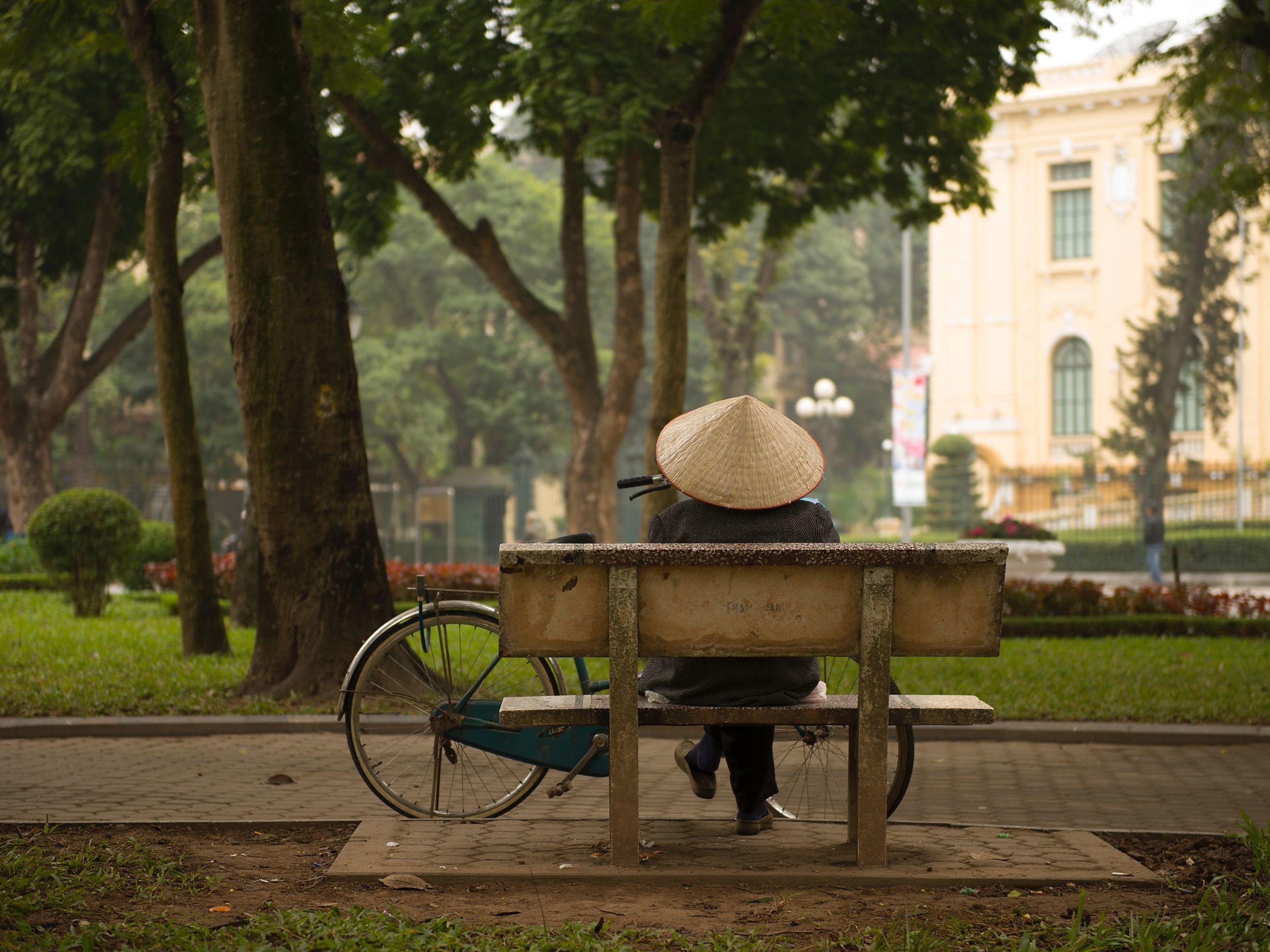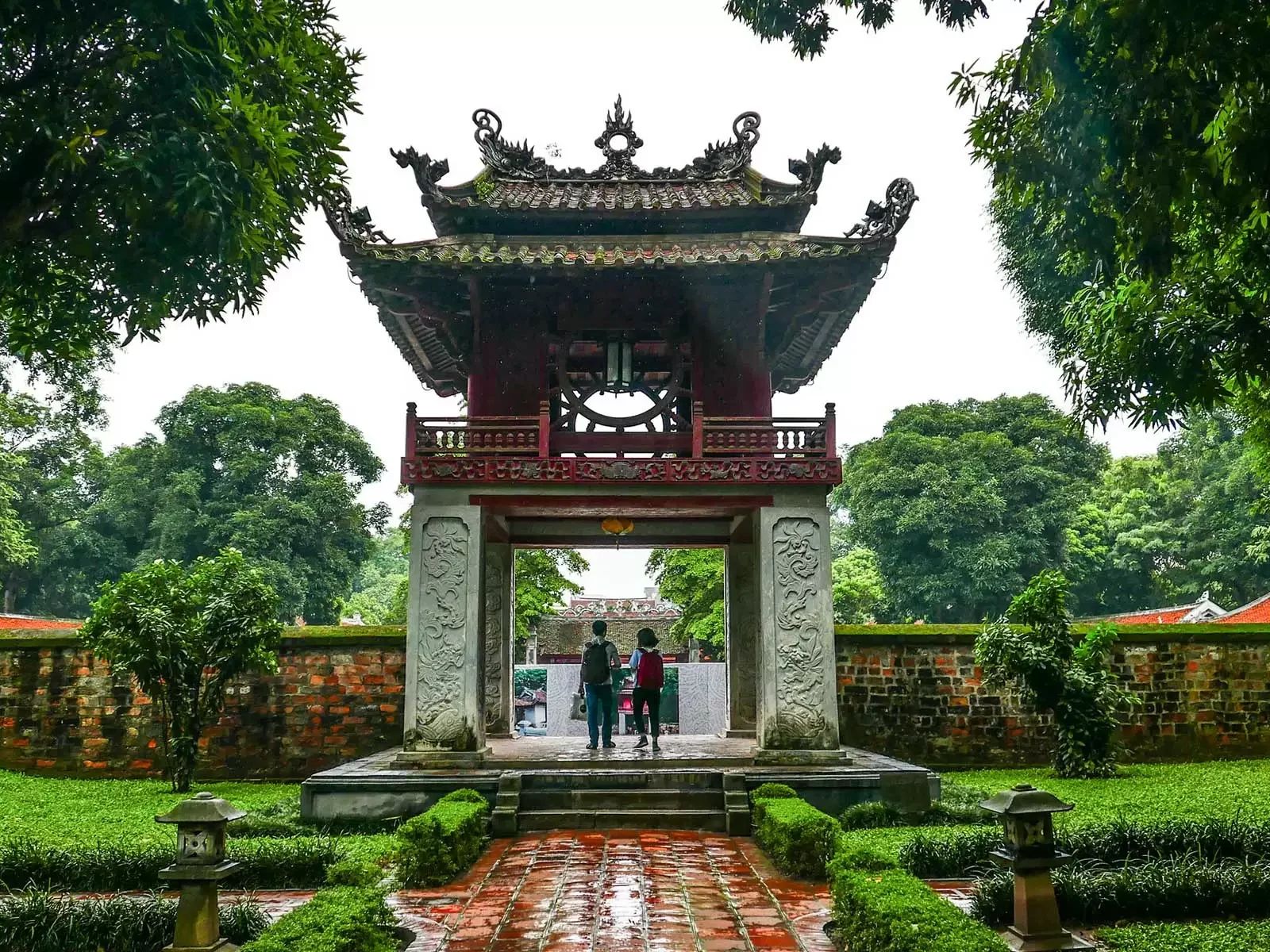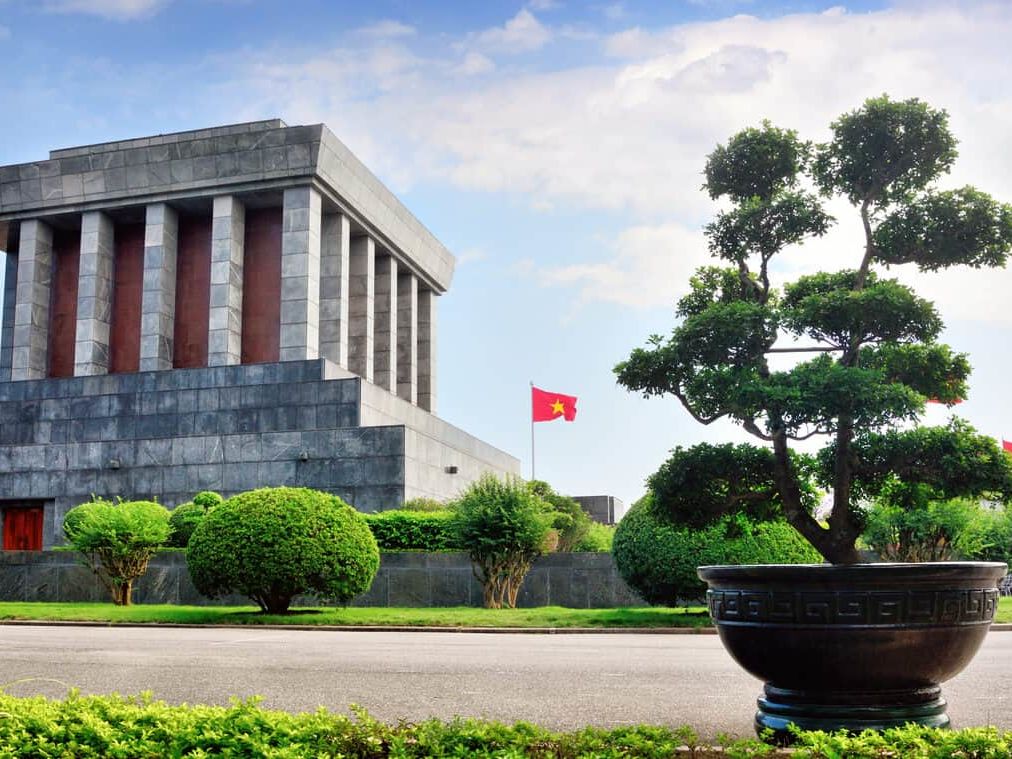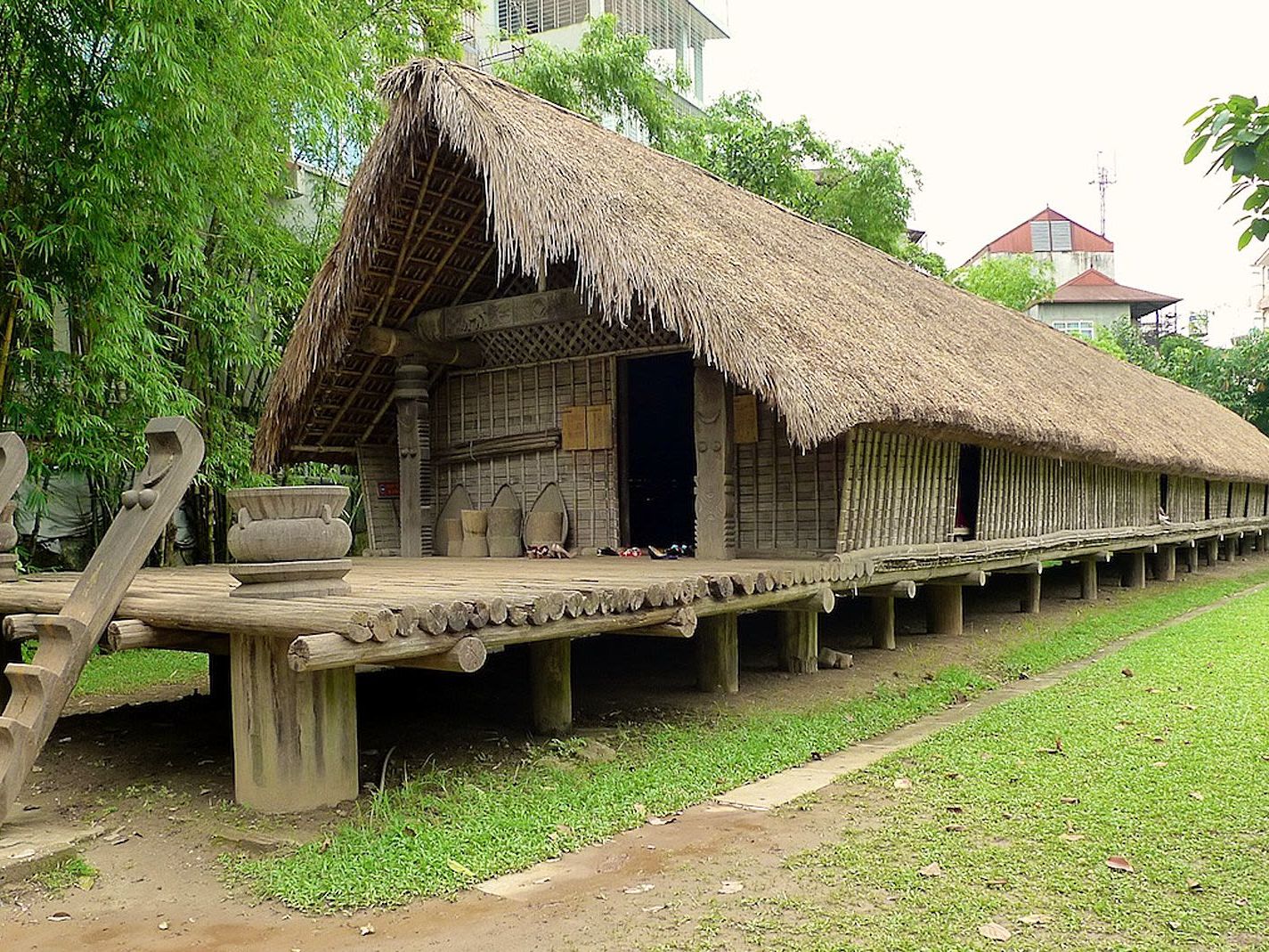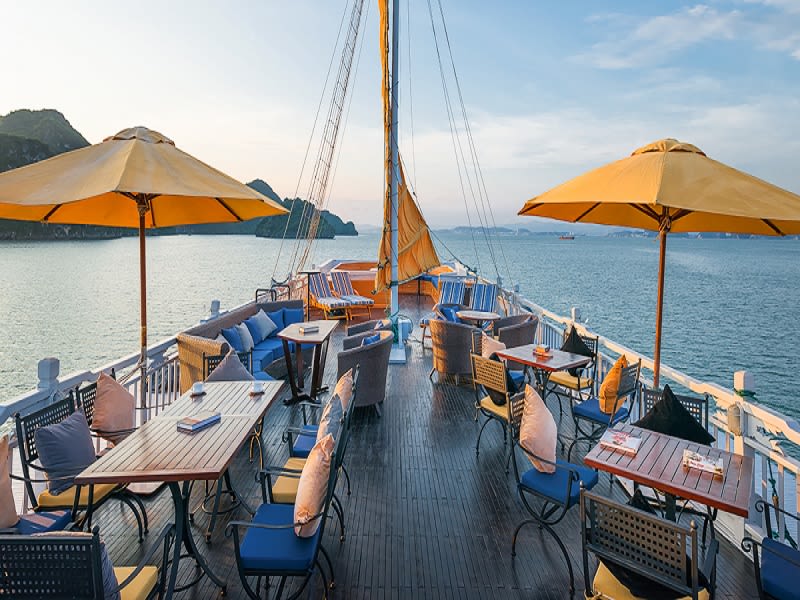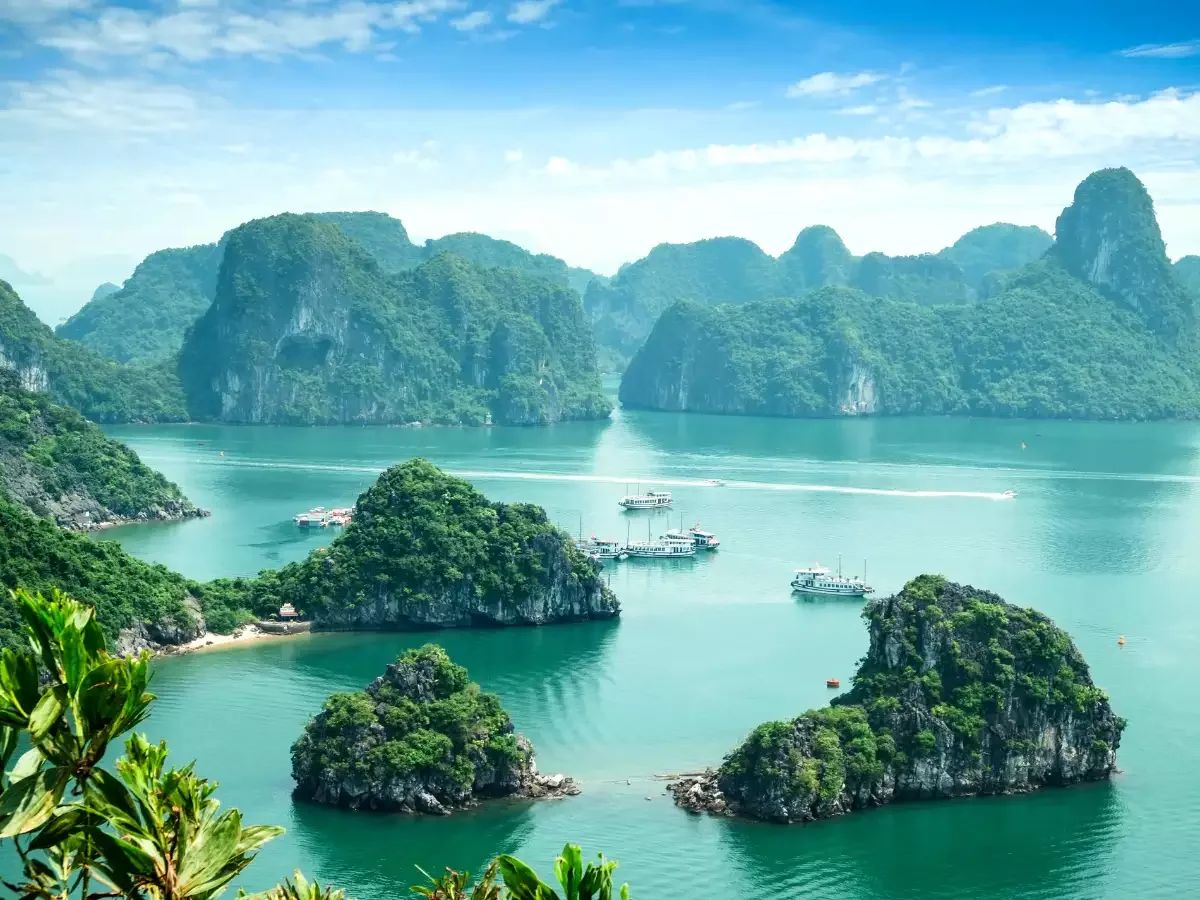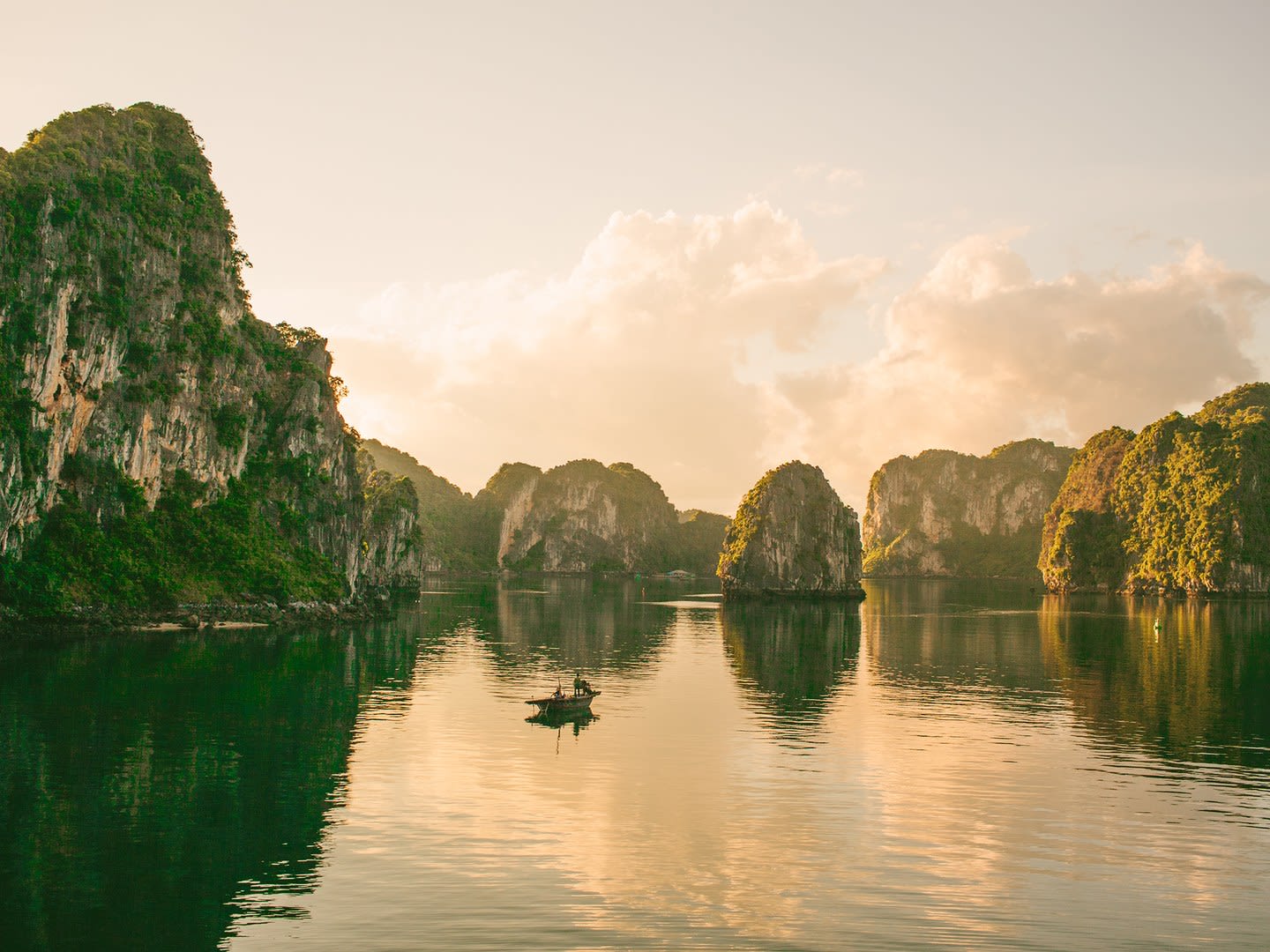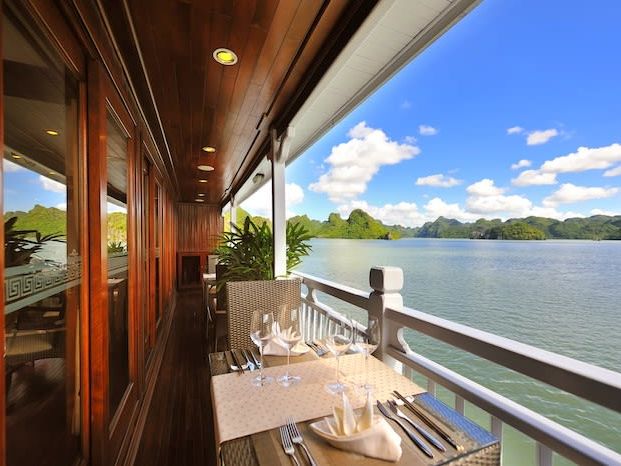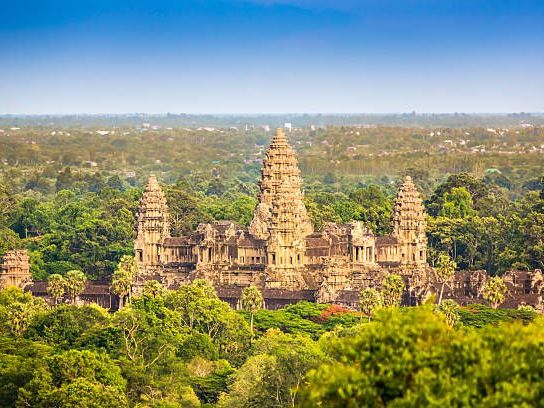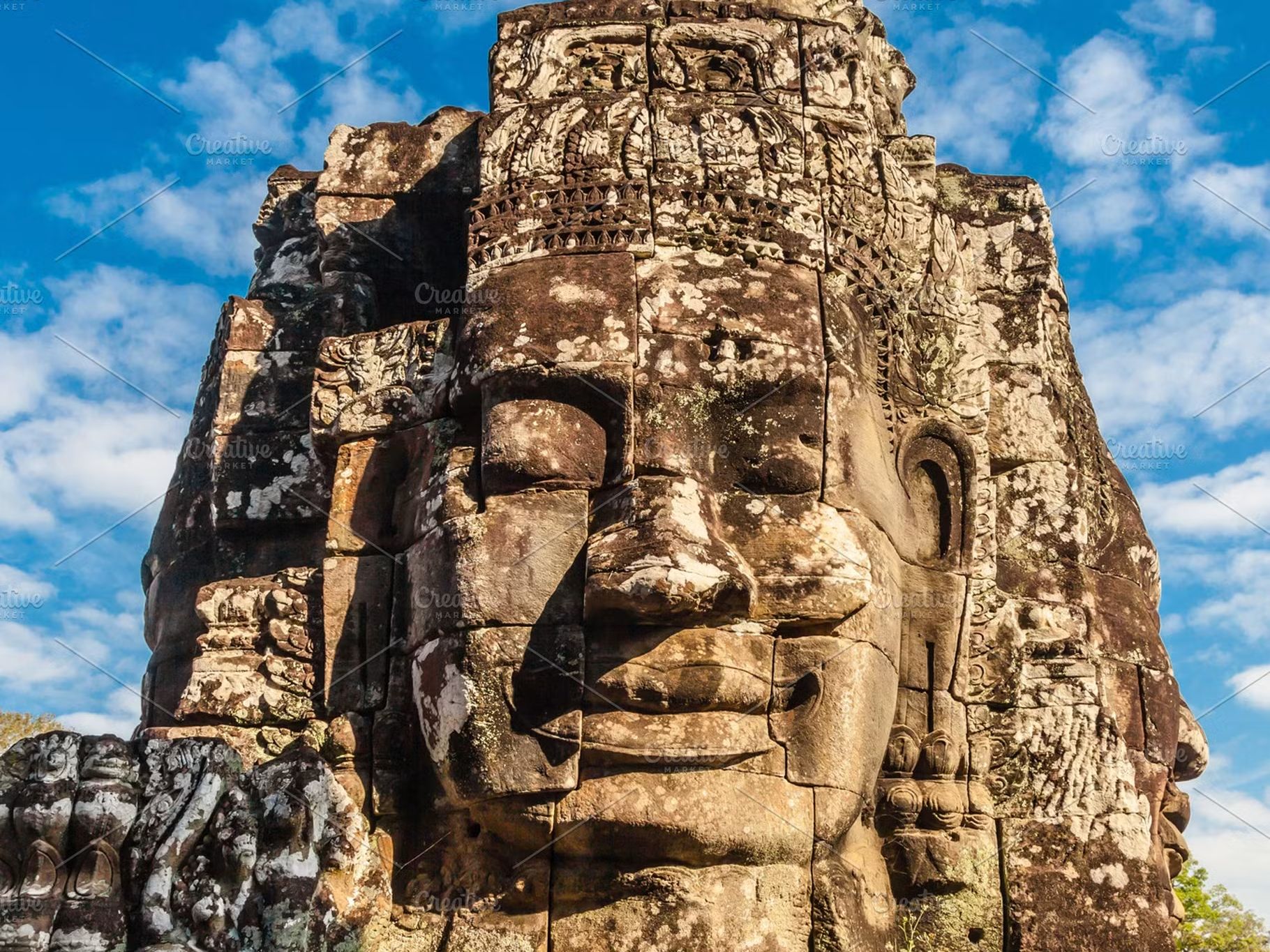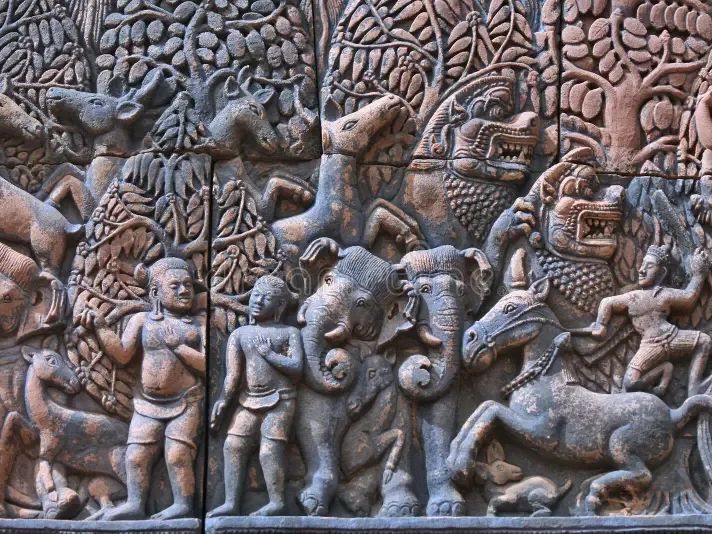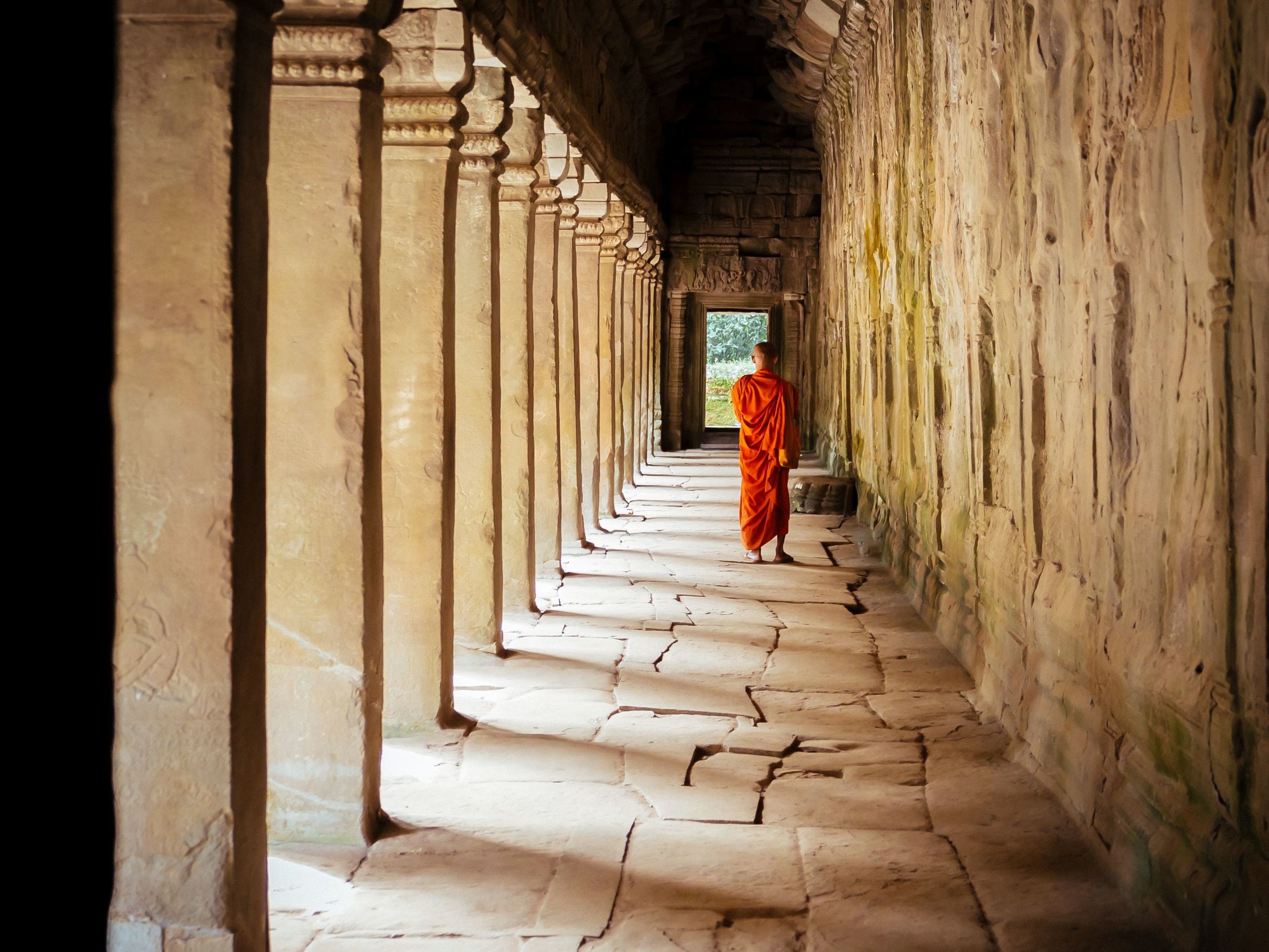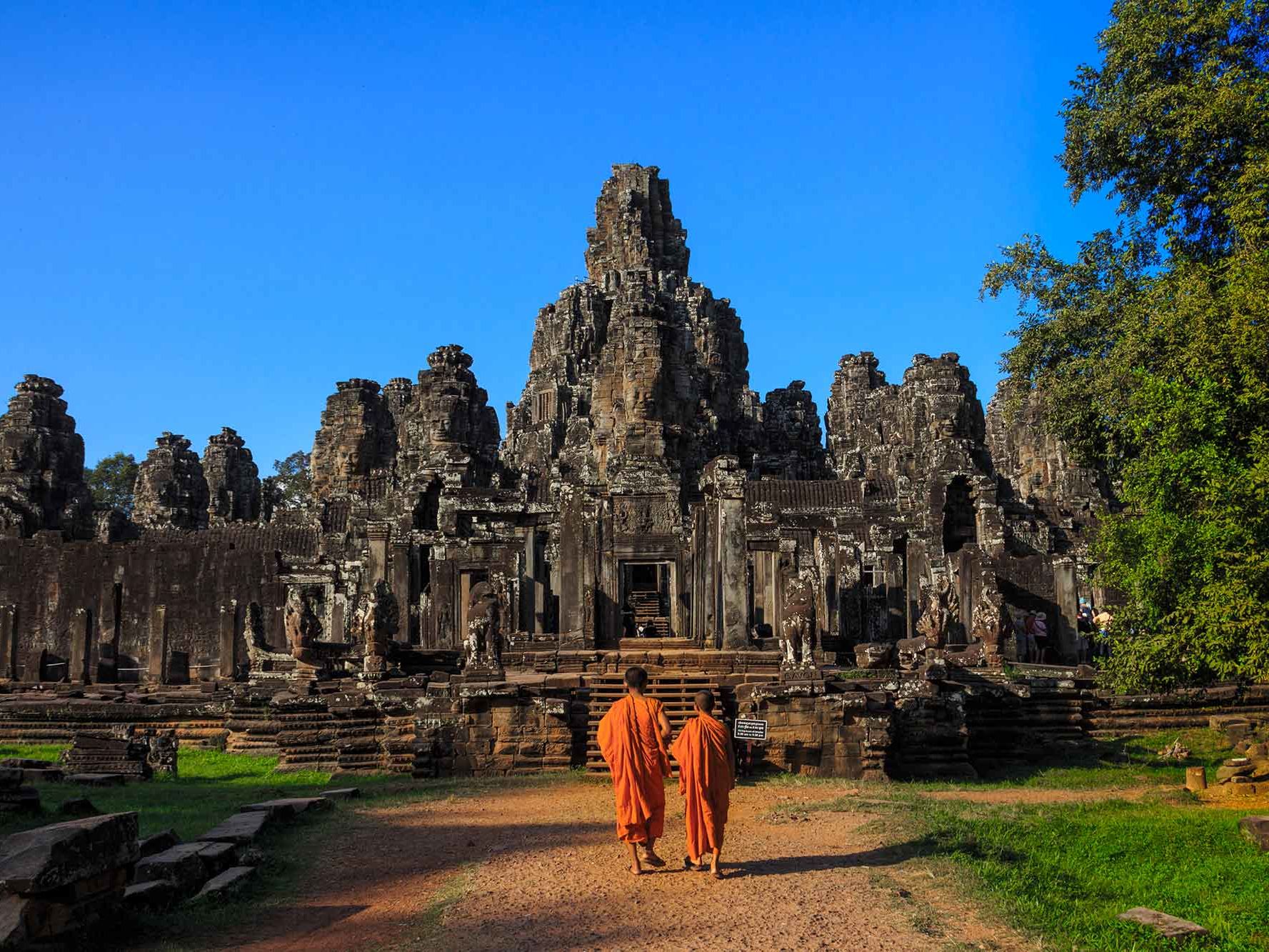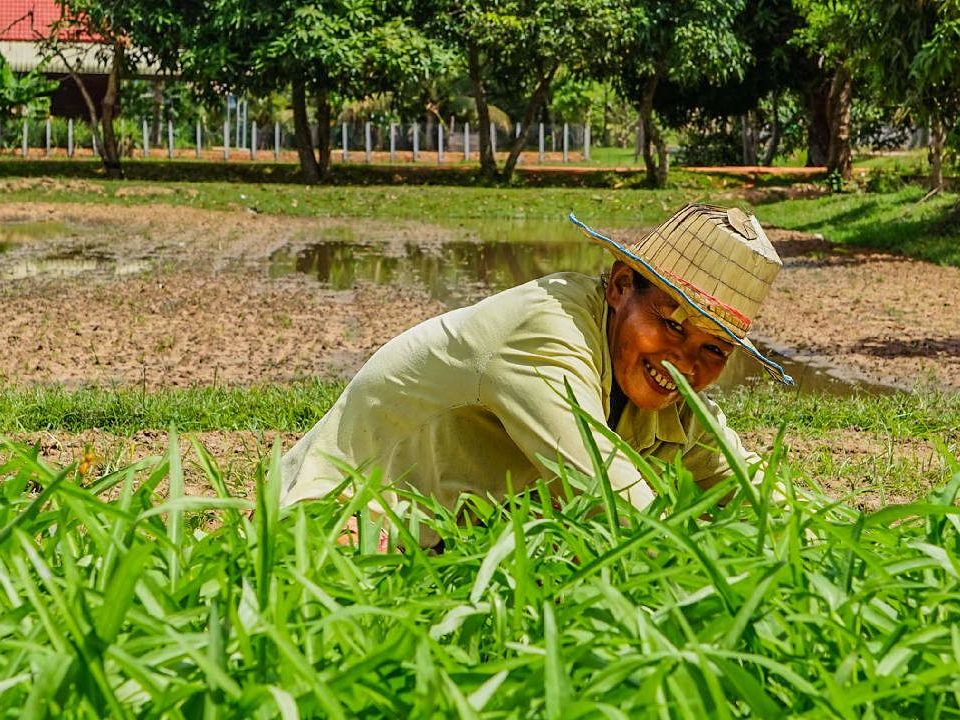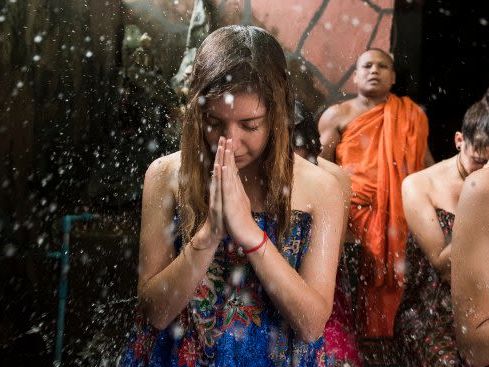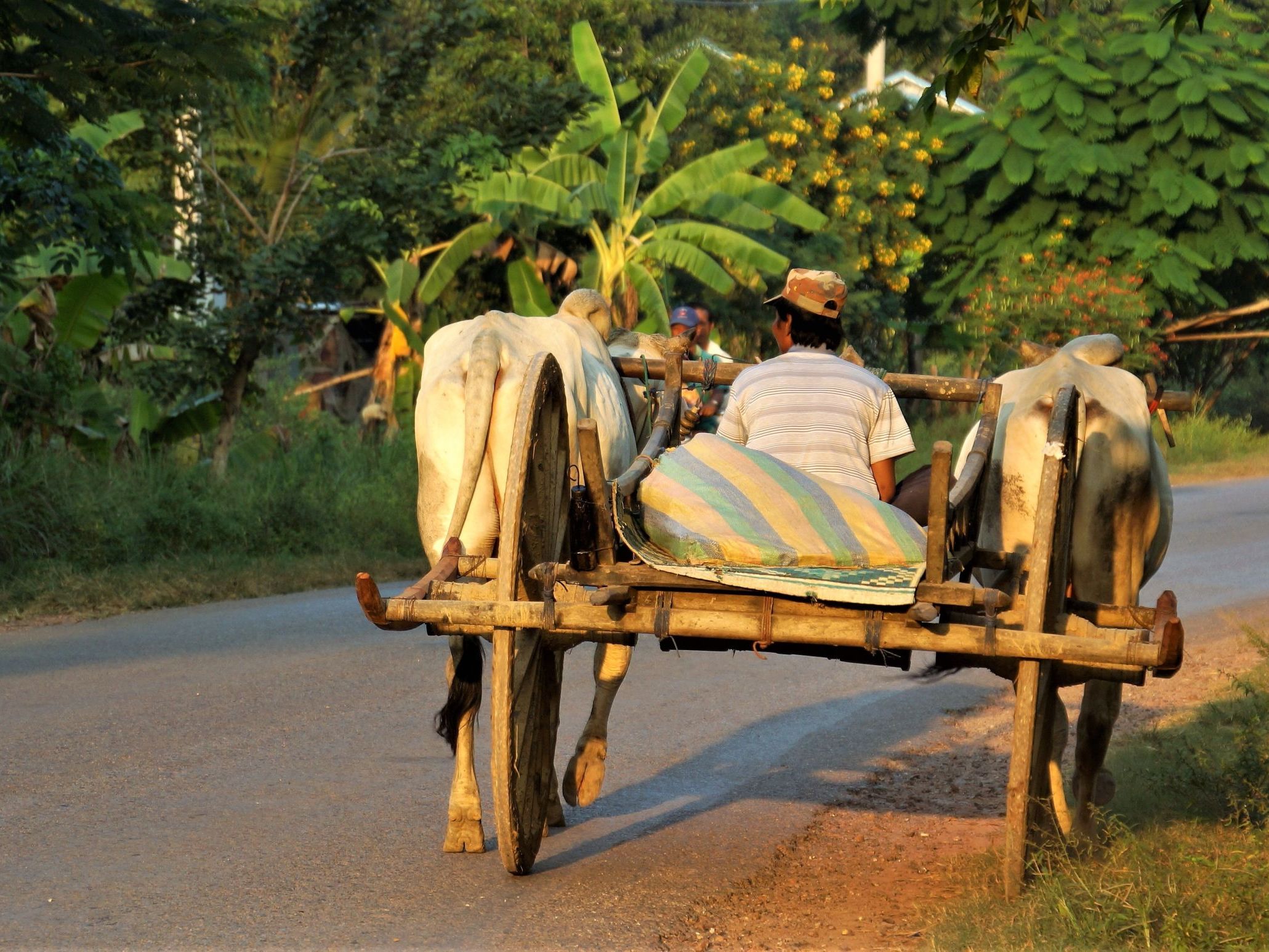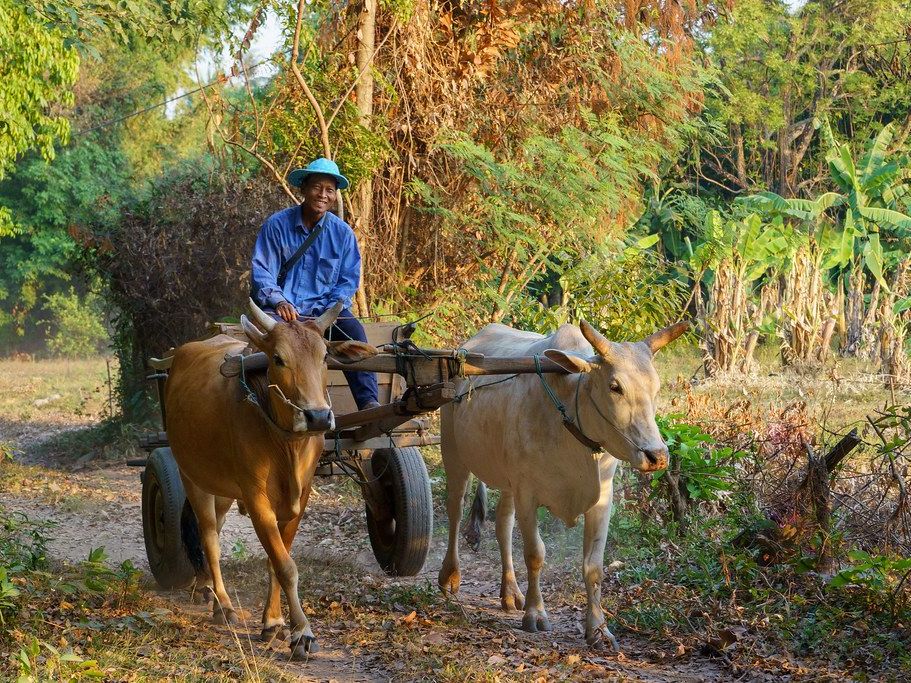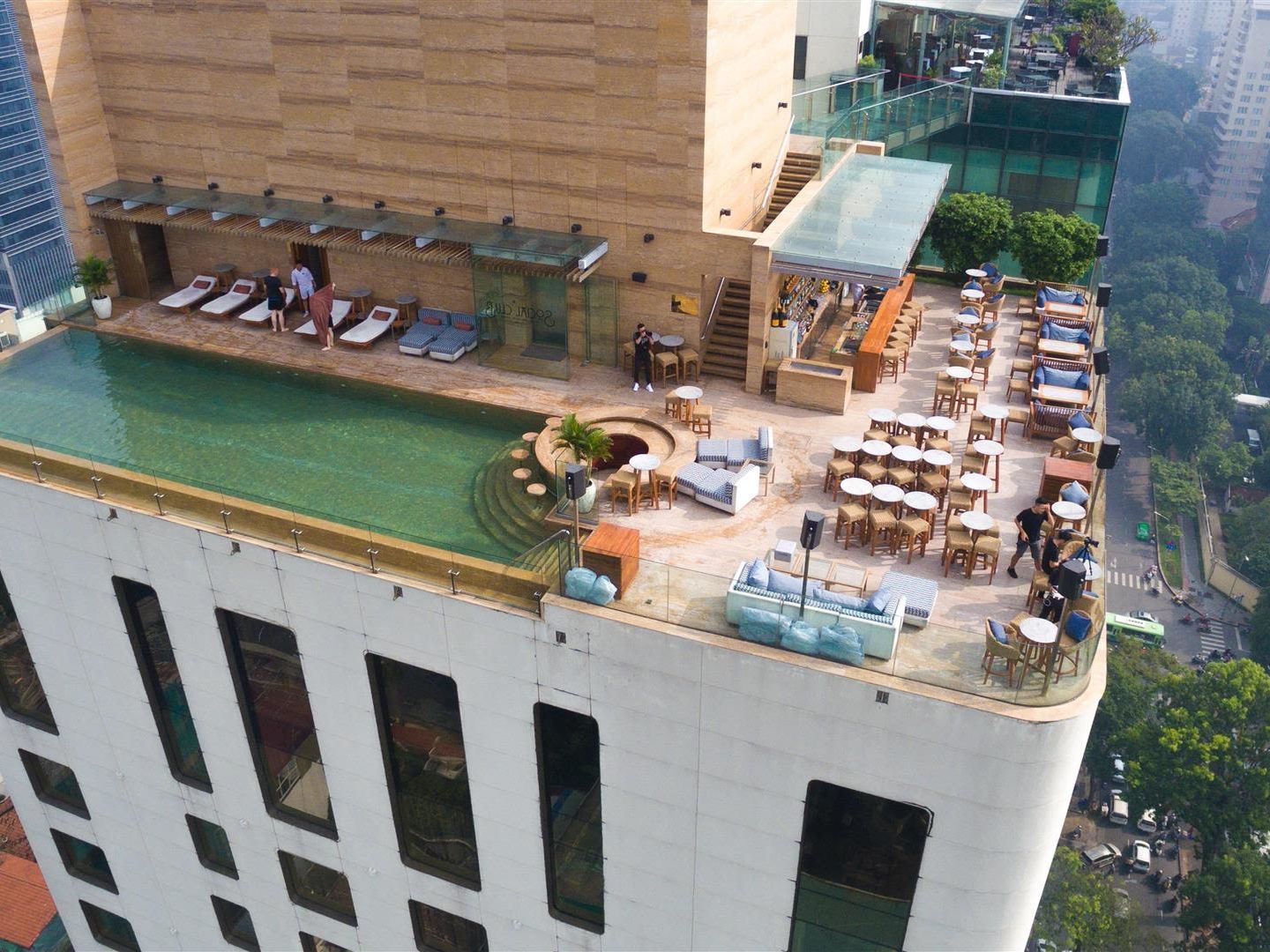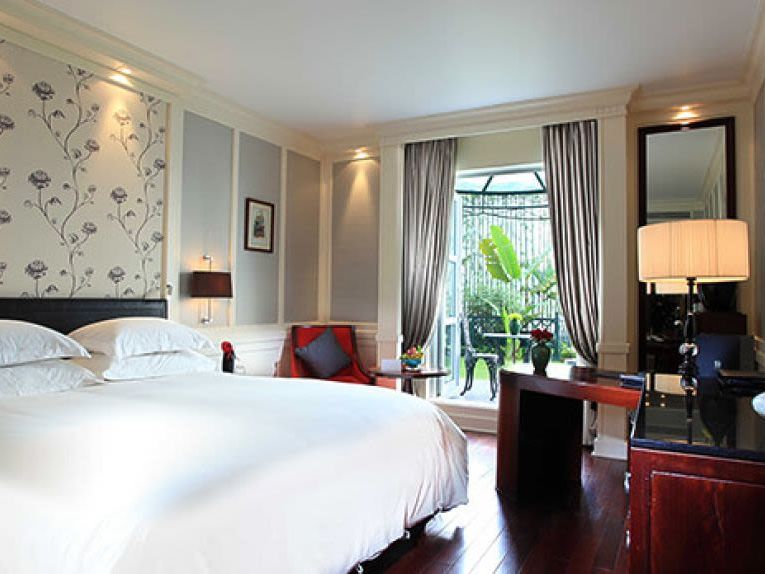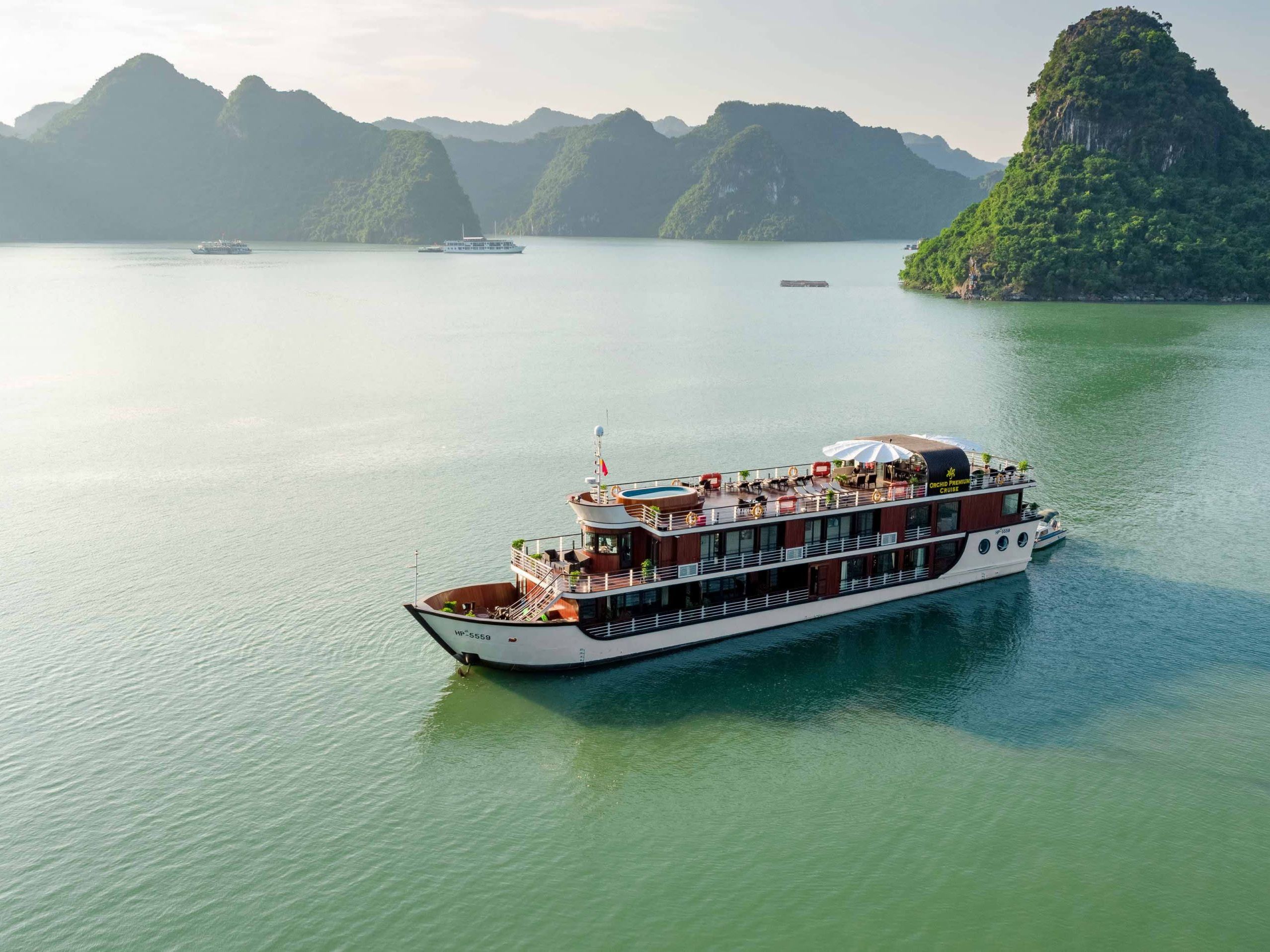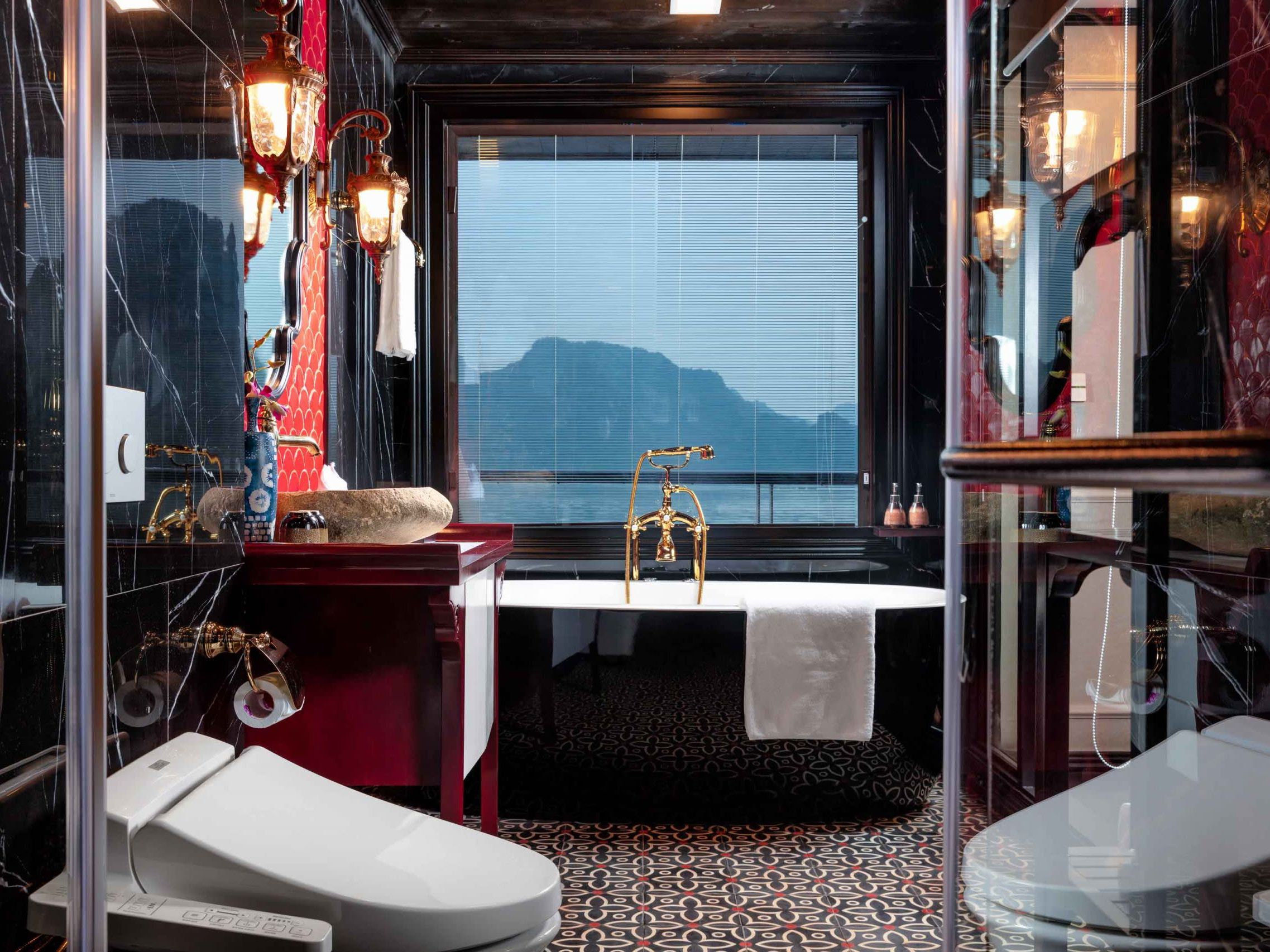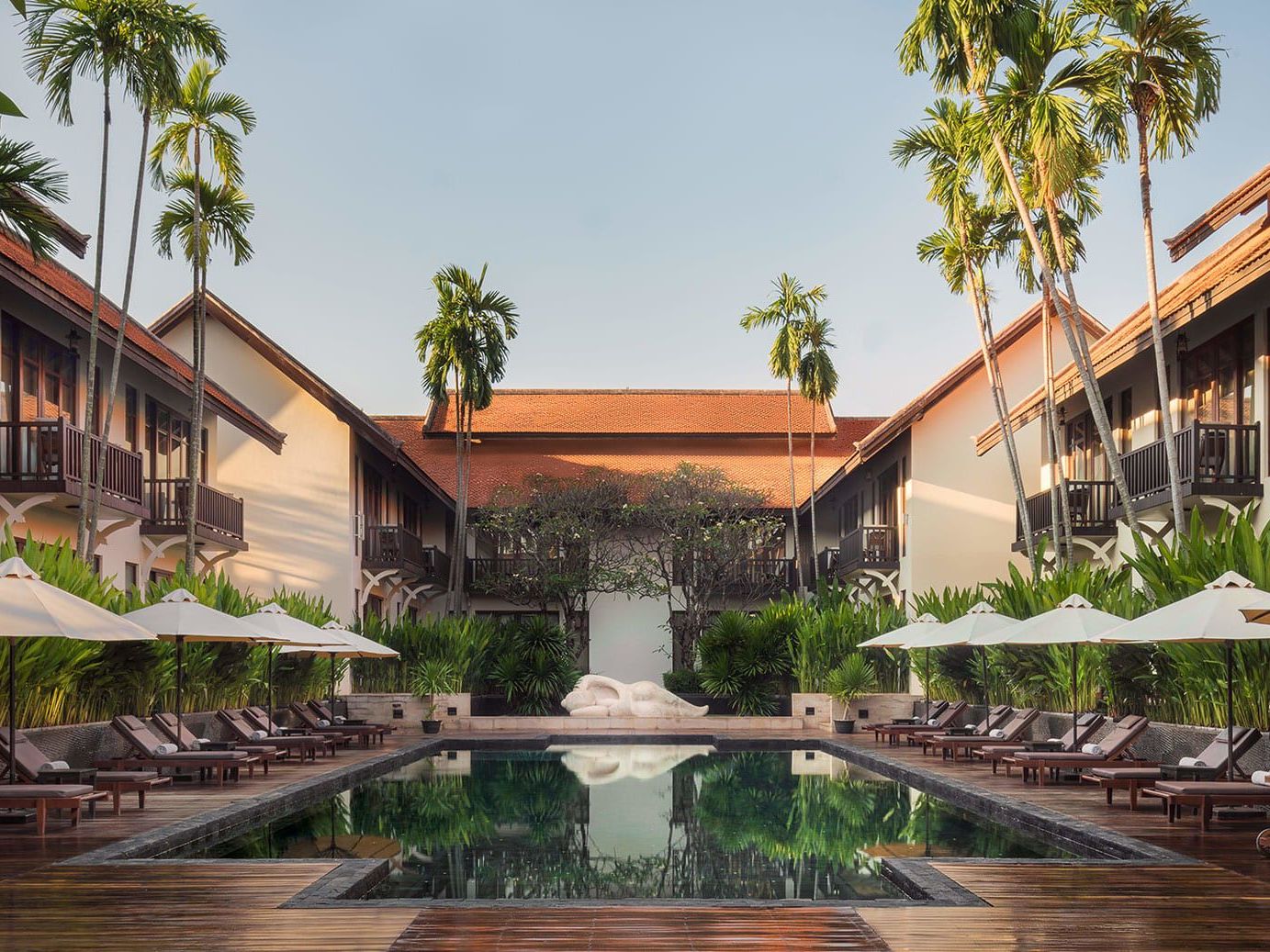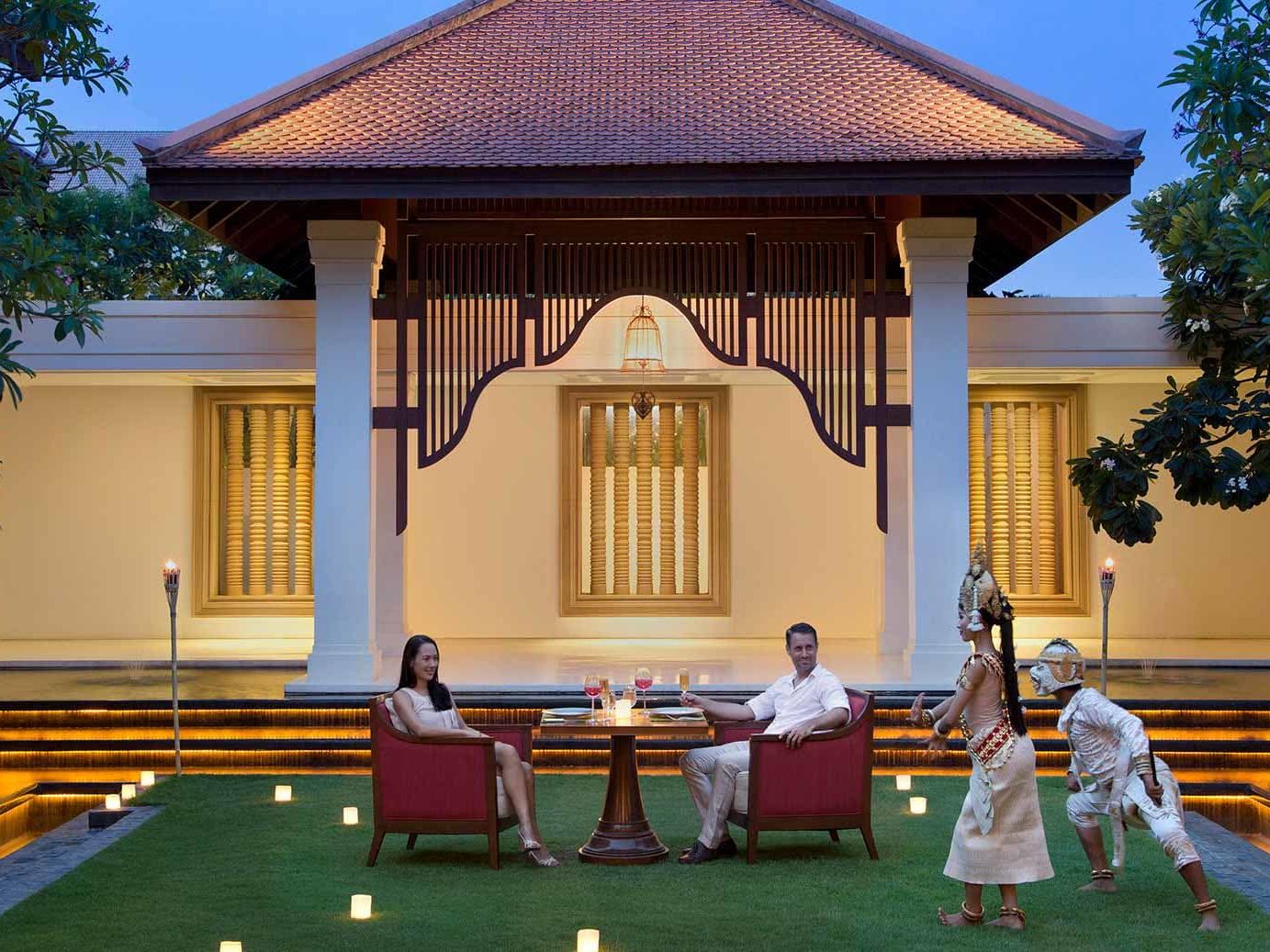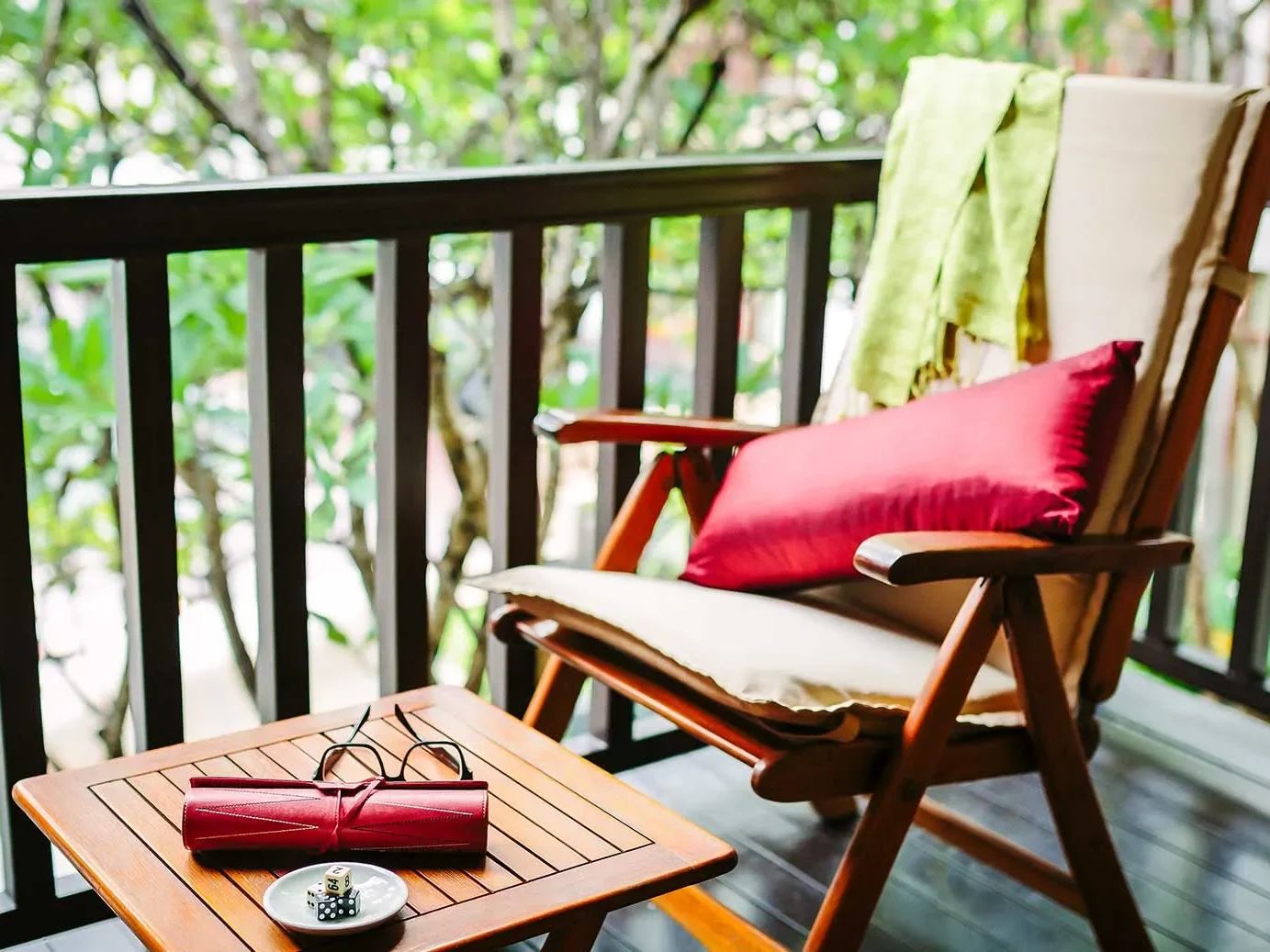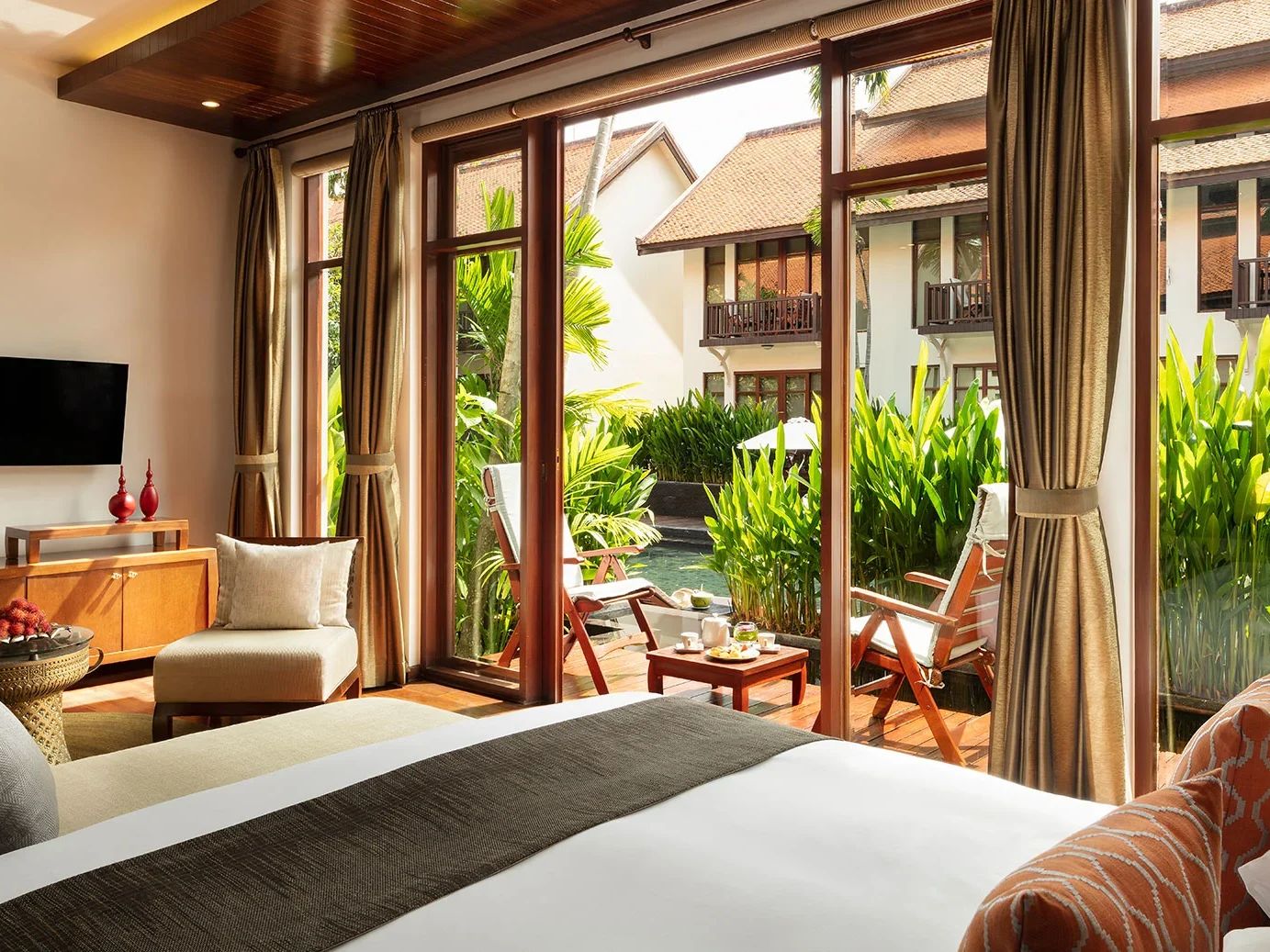Welcome to Vietnam! Upon arrival in Ho Chi Minh City, you will be met just before immigration for your assisted arrival service. Look for your airport host holding a welcome sign with your name. Have your e-visa and passport in hand. You will then be escorted to the immigration counter where your entry into Vietnam will be expedited. Your airport host will handle any airport formalities with immigration officials on your behalf, and you will be assisted with collecting your luggage, clearing customs and exiting the terminal.
Your guide will meet you in the greeting area, outside the exit doors, of your arrival terminal. Look for the welcome sign with your name. You will be assisted to your private vehicle to meet your driver, and you will be transferred to your hotel.
After check in, enjoy the remainder of the evening at your leisure.
Enjoy dinner tonight at your hotel or a local restaurant (on your own account).
Welcome to Vietnam
With an area and configuration similar to those of Norway, Vietnam extends about 1,025 miles from north to south and is about 30 miles wide east to west at its narrowest part. It is bordered by China to the north, the South China Sea to the east and south, the Gulf of Thailand (Gulf of Siam) to the southwest, and Cambodia and Laos to the west. From north to south the uplands of northern Vietnam can be divided into two distinct regions—the area north of the Red River and the massif that extends south of the Red River into neighboring Laos. The Red River forms a deep, relatively wide valley that runs in a straight northwest-southeast direction for much of its course from the Chinese border to the edge of its delta. North of the Red River the relief is moderate, with the highest elevations occurring between the Red and Lo (Clear) rivers; there is a marked depression from Cao Bang to the sea. In the Red River Delta and in the valleys of the region’s other major rivers are found wide limestone terraces, extensive alluvial plains, and low hills. The northeast coast is dotted with hundreds of islands composed mostly of limestone. Vietnam’s vegetation is rich and diversified, reflecting the country’s great range of climate, topography, and soils and the varying effects of human habitation. The forests of Vietnam can be divided into two broad categories: evergreen forests, which include conifers, and deciduous forests. There are more than 1,500 species of woody plants in the country, ranging from commercially important hardwoods, such as ebony and teak, to palms, mangroves, and bamboos. There also are numerous species of woody vines (lianas) and herbaceous plants. In the aggregate, the dense and open forests, savannas, brushland, and bamboo cover approximately half of the country’s total area.
Diverse cultural traditions, geographies, and historical events have created distinct regions within the country. The lowlands generally have been occupied by ethnic Vietnamese, while the highlands have been home to numerous smaller ethnic groups that differ culturally and linguistically from the Vietnamese. The highland peoples can be divided into the northern ethnic groups, who have affinities with peoples in southern China who speak Tai languages; and the southern highland populations, who have ties with peoples in Cambodia, who speak Mon-Khmer languages (Austroasiatic family), and peoples in Indonesia and elsewhere in Southeast Asia, who speak Austronesian languages. A north-south variation has also emerged among the ethnic Vietnamese as they have expanded southward from the Red River delta along the coastal plain and into the Mekong delta. The Vietnamese have long made a distinction between the northern region, with Hanoi as its cultural center; the central region, where the Nguyen dynasty established a capital at Hue; and the southern region, with Saigon (Ho Chi Minh City) as its urban center. After the mid-19th century, Vietnam was similarly divided by the French into Tonkin in the north, Annam in the center, and Cochinchina in the south.
Vietnam has one of the most complex ethnolinguistic patterns in Asia. The Vietnamese majority was significantly Sinicized during a millennium of Chinese rule, which ended in 939 ce. Indian influence is most evident among the Cham and Khmer minorities. The Cham formed the majority population in the Indianized kingdom of Champa in what is now central Vietnam from the 2nd to the late 15th century ce. Small numbers of Cham remain in the south-central coastal plain and in the Mekong delta near the Cambodian border. The Khmer (Cambodians) are scattered throughout the Mekong delta. Many other ethnic groups inhabit the highlands. While cultures vary considerably in the central region, shared characteristics include a way of life still largely oriented toward kin groups and small communities. Known collectively by the French as Montagnards (“highlanders” or, literally, “mountain people”), these central highlanders have affinities with other Southeast Asians and have exhibited an intense desire to preserve their own cultural identities. In the northern uplands, the various groups have ethnolinguistic affiliations with peoples in Thailand, Laos, and southern China. Vietnamese is the official language of Vietnam. Although one of the Mon-Khmer languages of the Austroasiatic family, Vietnamese exhibits strong influences from Chinese. The language of the Khmer minority also belongs to the Mon-Khmer group, whereas Cham belongs to the Austronesian family.
Vietnam’s greatest economic resource is its literate and energetic population. Its long coastline provides excellent harbors, access to marine resources, and many attractive beaches and areas of scenic beauty that are well suited to the development of tourism. Since the late 1990s, the country’s economy has been on a vigorous upswing. Tourism has expanded, manufacturing and export earnings have increased, and the per capita gross domestic product (GDP) has grown rapidly. Early in the 21st century, state markets were opened to foreign competition, and Vietnam became a member of the World Trade Organization (WTO). This surge followed two decades of post-reunification economic instability, during which a slowly developing infrastructure, excessive population growth, environmental degradation, and a rising domestic demand (that was increasingly difficult to meet) impeded economic development. Rice is the most important crop. It is grown principally in the Red and Mekong River deltas. Other major food crops are sugarcane, cassava (manioc), corn (maize), sweet potatoes, and nuts. Agriculture is highly labor-intensive in Vietnam, and much plowing is still done by water buffalo. There are many plantations of banana, coconut, and citrus trees, most of them found in the Mekong delta and the southern terrace regions. Coffee and tea are grown in the central highlands. The production of rubber was disrupted by the war but has been restored in the central highlands and southern terrace regions. Fields, groves, and kitchen gardens throughout Vietnam include a wide variety of fruit trees (banana, orange, mango, jackfruit, and coconut) and vegetables. Kapok trees are found in many villages, and the Vietnamese cultivate areca palms and betel peppers for their nuts and leaves and mulberry bushes to feed silkworms. The export of such seafood as shrimp, squid, crab, and lobster has become a major source of foreign exchange. There also has been an increase in the number of commercial shrimp farms. The most important freshwater fisheries are located on the plains of the Mekong and Champasak (Bassac) rivers. Forestry is of major importance, primarily serving the domestic market. Charcoal production is widespread, and a number of factories produce furniture, pulp, and paper. Plywood, lumber, and rattan products also contribute to the economy. Deforestation and soil degradation, however, threaten the viability of the industry, especially as domestic demand for forest products rises.
Welcome to Saigon (HCMC)
Ho Chi Minh City, also commonly known as Saigon, is the most populous city in Vietnam, with a population of around 9.3 million. Situated in the Southeast region of Vietnam, the city surrounds the Saigon River and covers about 796 sq mi.
Saigon was the capital of French Indochina from 1887 to 1902, and again from 1945 until its cessation in 1954. Following the partition of French Indochina, it became the capital of South Vietnam until the fall of Saigon in 1975. The communist government renamed Saigon in honor of Ho Chí Minh shortly after the fall of Saigon. Beginning in the 1990s, the city underwent rapid modernization and expansion, contributing to Vietnam's post-war economic recovery.
Ho Chi Minh City is a major center for finance, media, technology, education, and transportation. It is known for its well-preserved French colonial architecture, vibrant street life, its varied cultural institutions, which include historic landmarks, walking streets, museums and galleries which attract over 8 million international visitors each year.
